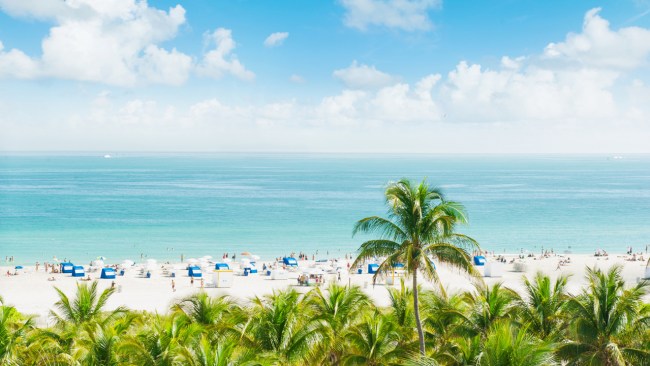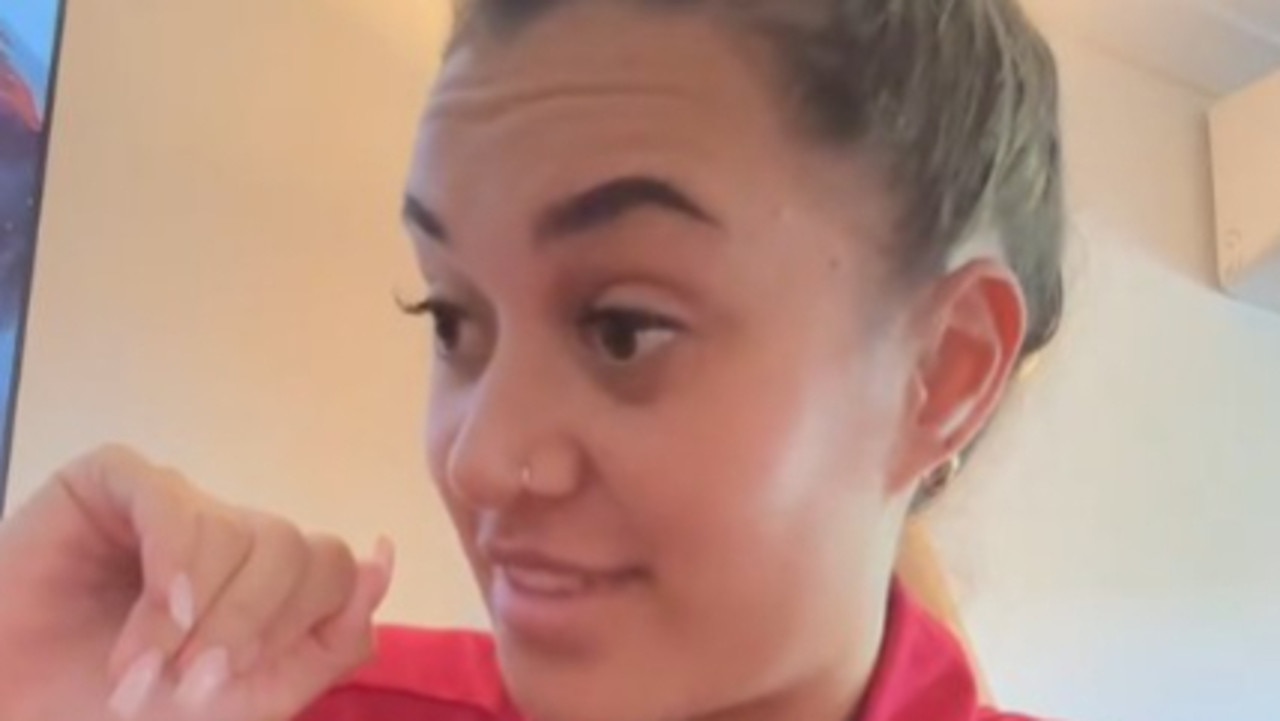Seven things you didn't know you could do in Uluru
Uluru looms large in the Australian psyche. I recently visited for the first time. Here are seven experiences that blew me away (plus four words my brain struggled to process).
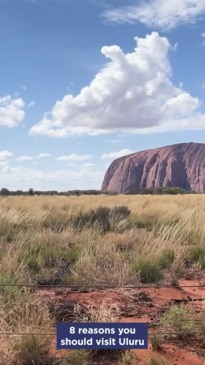
Lifestyle
Don't miss out on the headlines from Lifestyle. Followed categories will be added to My News.
Dust covers my feet and flies swarm at my face. I'm in Kulpi Mutitjulu, a cave where Anangu people (the Indigenous peoples of Uluru) taught their children and painted on the rock for tens of thousands of years.
Around the corner is Mutitjulu waterhole, the site of one of Uluru's most dramatic creation stories (to hear it you'll have to come and see Uluru in person, as it's best told where it happened), which we are told has only dried out seven times in the last 100 years.
As we walk there, our guide Emily tells us the giant red walls surrounding us started to form 550 million years ago (a figure my brain struggles to compute), and are formed out of a mountain range 130 odd kilometres west of Uluru called the Petermann Ranges, which used to be as big as the Himalayas.
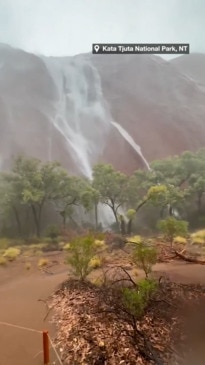
Rainwater flowed down the Petermann Ranges, hundreds of millions of years ago, eroding sand and rock and depositing it on the nearby plains in what geologists call "fans" of rock.
About 500 million years ago, the plains became covered in sea. Sand and mud fell to the bottom and covered the seabed. The pressure of the new seabed turned the "fans" at the bottom into rock.
400 million years ago, the sea disappeared and the earth’s tectonic plates shifted, tilting this rock 90 degrees. After that, over millions more years, softer rocks have eroded away, leaving the towering form of Uluru behind.
Not only is Uluru older than some of the rings of Saturn, but it's shaped like an iceberg.
Though it's huge on the surface (3.6 kilometres long, 2.4 kilometres wide and at 348 metres high, taller than the Eiffel Tower), Uluru is even bigger below the earth, extending some 6 kilometres underground.
These facts still boggling my mind, we reach the waterhole and have a quiet moment.
After seeing countless photos and hearing stories about Uluru all my life, I'm finally here. I reflect on how lucky I am to see this monument that looms so large in the Australian psyche.
This is just the start of a whirlwind week in Uluru, which involves everything from a heli trip to a segway tour. Here are my top seven experiences.
1. Segway tour
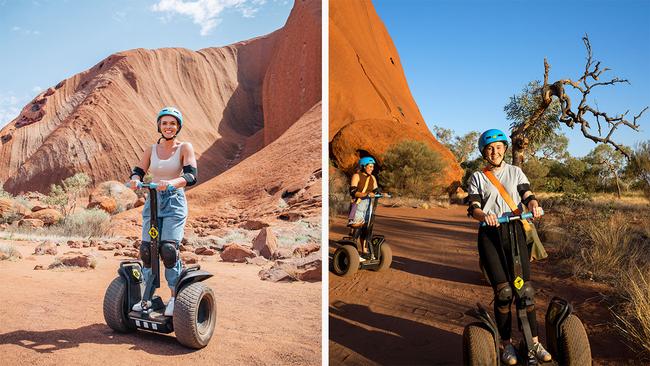
There are daily walking tours you can take at 8am (October – April) and 10am (May – Sept) around Uluru, where rangers teach you about Uluru's geology, natural environment and cultural heritage. But if you want to level up your tour of Uluru's base, try Uluru Segway Tours.
Our tour begins with a (walking) tour of Mutitjulu waterhole and Kulpi Mutitjulu, which are a 5 minute stroll from the car park, before we head back to the Uluru Segway Tours van and don knee pads, elbow pads and helmets.
After a lesson in how to use the Segways (you lean forward to go forward, and back to reverse, and control your direction with a set of handlebars), we complete a quick obstacle course to prove our skills, before setting off on the track that runs around the base of Uluru.
It's a sunny day, with white streaks up above us where it looks like someone has pulled masking tape off the sky. We wind our way around Uluru, stopping every now and then to listen to a story or check out a significant site, like at a cooking cave where we bend down to feel a well worn hole in the rock floor, where the Anangu people would grind grass seeds to make a kind of bread.
2. Heli tour
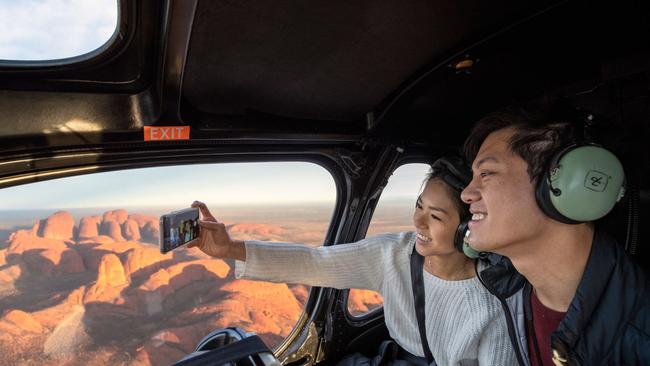
We arrive at the Uluru Professional Helicopter Services base at 1pm. After watching a five minute safety video, it's time to walk to the helicopter and strap in. Taking off, the desert looks like a sea of red sand and green shrubs. Uluru is our first port of call, followed by Kata Tjuta. Because access to Kata Tjuta is quite limited on foot due to respect for sacred sites, we see a lot more from the helicopter than we did on the ground. We spot a wild camel on our return to the air base.
3. Dot painting and cultural workshop
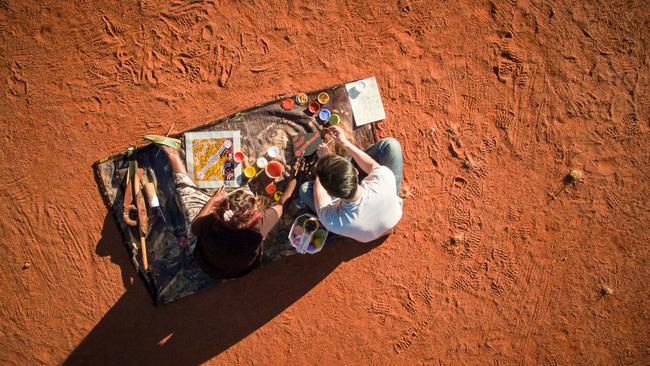
Maruku Arts, a collective comprising more than 900 Anangu artists from desert communities including those around Uluru, runs dot painting and cultural workshops close to Uluru. Here we sit with a local artist, who draws symbols with her fingers in the sand, and tells us a few yarns. We then paint a story of our own, using the basic symbols we have just learned. Topics chosen range from recent journeys we had been on to remembered places that are special to us. For me, this was the highlight of my trip.
4. Have dinner at Tali Wiru
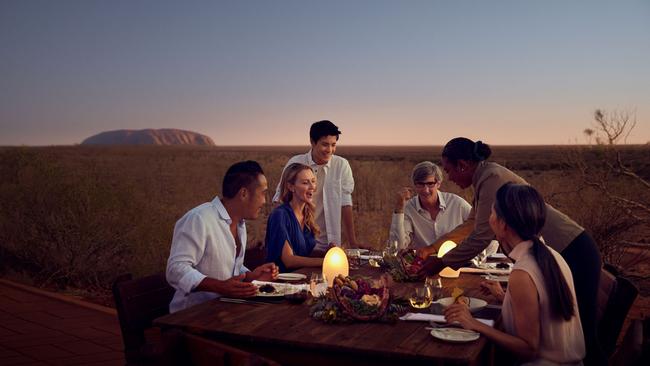
Sundown brings its own magic at Tali Wira, an outdoor dining experience. We are offered flutes of champagne on arrival as well as platters of boujee bush tucker (think beef with cranberry on top, served on a tray full of stones, and mushroom quiche served on a bed of leaves). The entree menu centres around local ingredients that are going to be used in our sit down dinner later on, like pig face, quandong, iceplant, salt bush and finger lime (a bitter plant that tastes a bit like a warhead). After seeing the sun set in the Southern Desert sky, it's time for Tali Wiru's signature three course dinner. Each course is paired with wine, and dessert is paired with sherry. After dinner it's time for a star gazing session, during which our guide explains how the Anangu people used the night sky to navigate.
5. Take a walk at Kata Tjuta
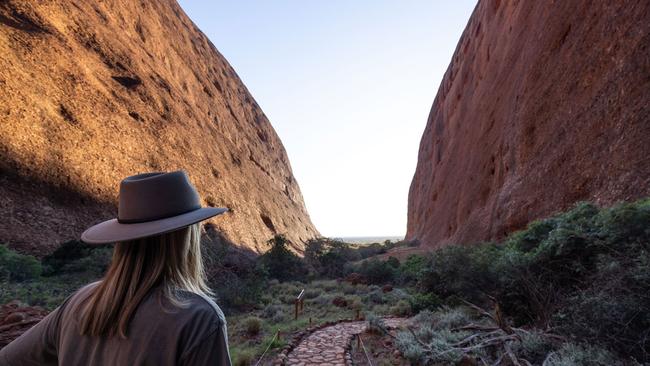
After being enthusiastically greeted by thousands of french-kissing flies upon exiting the coach, we don our fly nets and have breakfast, carefully scooping in mouthfuls of cereal into our mouths underneath the bug nets. We then begin the Walpa Gorge walk. From seeing the layers upon layers of rock (and imagining the multi-million year process of how it got there) to checking out the valley views, it's stunning.
6. Go on a sunrise (or sunset) camel ride
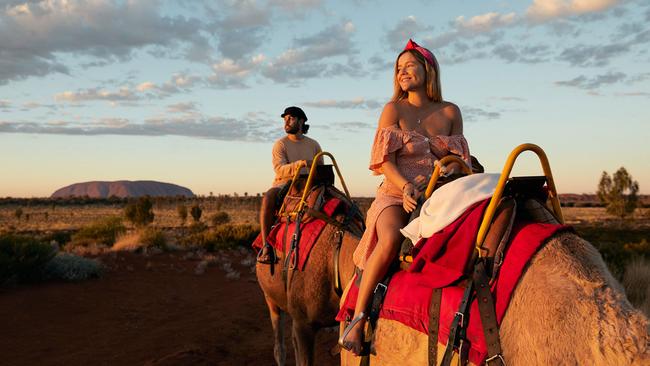
The next day, after dragging ourselves out of bed at 5am, we are rewarded with sunrise views over Uluru on camelback with Uluru Camel Tours. My camel is an ex-racing camel called Tim Tam, who stands up with a stomach dropping lurch (and a massive groan), but at heart is a massive softy, insistently nuzzling our guide's neck at the end of the tour. The beer bread damper and coffee upon our return goes down a treat too.
7. See the drone show at Wintjiri Wiru
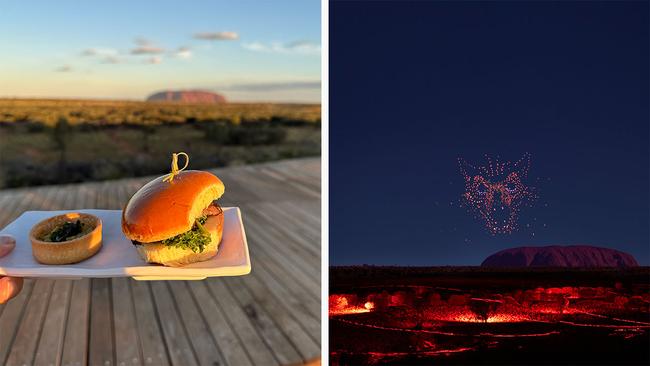
Wintjiri Wiru means ‘beautiful view out to the horizon’ in the local Pitjantjatjara language. I can see why. Offering one of the best views of Uluru we've had all trip, this incredible dinner and a show combines cultural storytelling and modern technology, with 1,100 choreographed drones, lasers, and projections zooming around the sky telling the gripping Mala story of the Anangu people, which we settle in to watch with a picnic dinner, after the sun sets.
Escape Route
Virgin Australia will be offering new flights to Uluru from June 6, 2024. Flight routes are:
- 3 flights per week from Brisbane to Uluru
- 3 flight per week from Uluru to Brisbane
- 4 flights per week from Melbourne to Uluru
- 4 flights per week from Uluru to Melbourne
This writer was a guest of Virgin Australia.
Originally published as Seven things you didn't know you could do in Uluru




